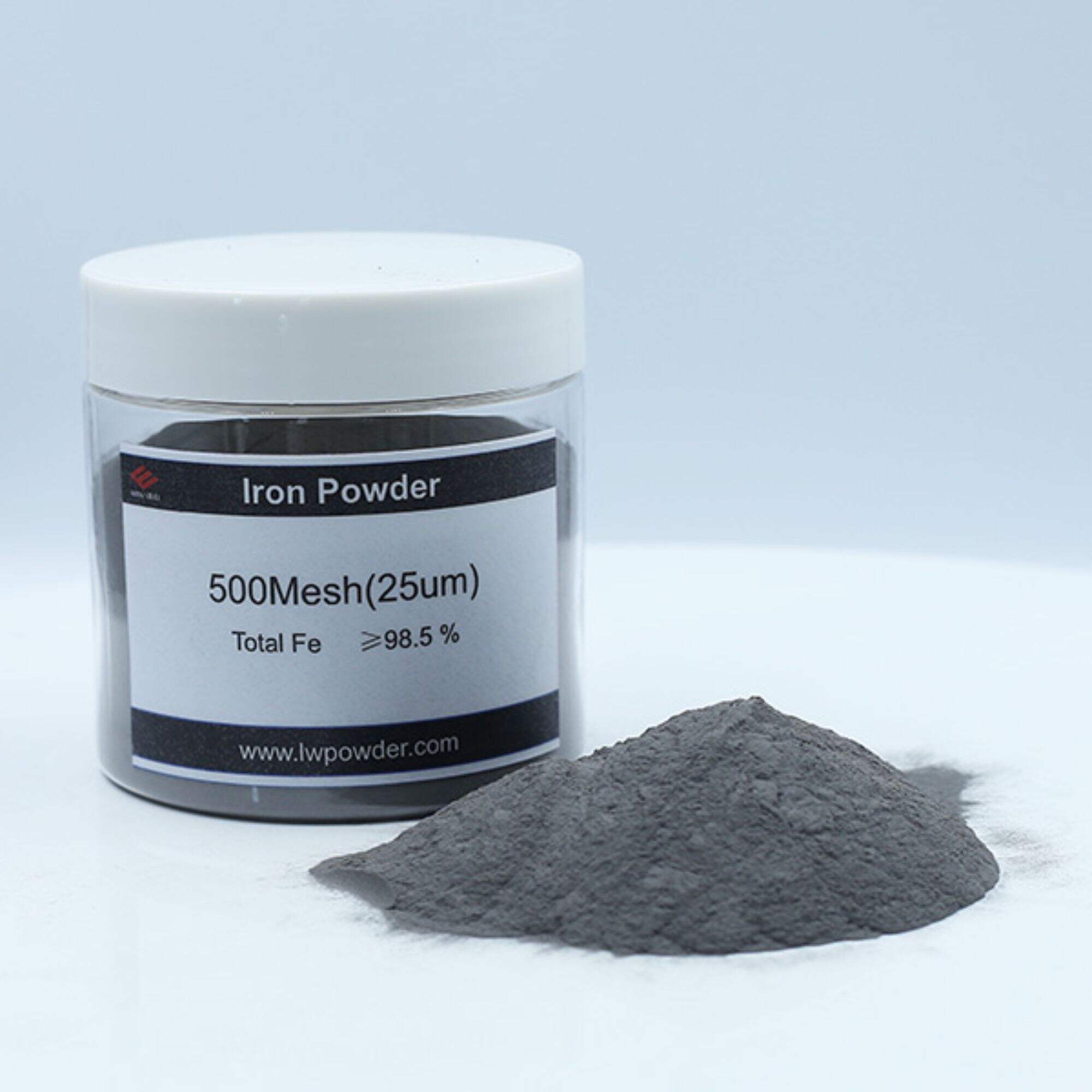Yes, iron powder is a wonderful thing and very commonly used in the fabulous domain of powder metallurgy, it is one of sub-disciplines under materials science that is itself an interdisciplinary area. Over the past few years, improvements to powder metals of high-purity iron and new methods for its delivery and effectiveness in their application have propelled industry advancements. The big deal is the secret chemistry and creative maneuvering has allowed unheard of territories not only in production but also for searching diverse directions.
Innovations
On a basic level, this metamorphosis is grounded on principles of cleanness or sameness. The purity and diameter of the high-purity iron powder are higher, the surface strength is good, but there should be less impurities. Such properties actually make ultra-precision shaping of powder particles possible and the result is an even greater degree of pressure molding with the production if intricate objects, more accurate component. Quality iron powders by KPT enable considerable savings in production time by reducing the need for additional manufacturing steps also known as subtractive machining thus helps to save cost and waste. Moreover, the better sintering capability also enables an increased particle bonding providing as a result parts having or superior density and strength to what has hitherto been possible in this technological field.
Advantages
High grade iron powder for manufacturing industry with great benefits best manufacturers has been used in the modern world and these (superior) iron powders have provided us various more advantages. This means the powders are consistent enough to fill molds evenly, ensuring a finished part free of defects with every batch. The homogeneity leads to energy savings in the sintering stage, characterized by its low packing densities and high heating rates. Other benefits include the ability to use more advanced powder qualities can and press e. g. Warm compaction more efficiently, resulting in materials with higher strength values and therefore an increased productivity for this process. They help in the enhancing overall effectiveness of the manufacturing by streamlining a process and minimizing errors.
There are broader business advantages to using premium iron powder in the production of high-performance, end-use products with powder metallurgy operations. These powders are engineered to improve overall mechanical performance of final parts, in particular increasing strength and durability against wear and fatigue. The importance of these characteristics in applications where reliability and robustness are paramount, such as automotive manufacture, is self-evident. The process also can mix hard-to-blend iron powders with other elements to create components that are customised, for example wear-resistant hardened steels. At the end of the day, it is precisely these advanced qualities that ensure premium iron powders result in components with significantly higher metallurgical soundness and even distinct competitive advantages over those produced under traditional manufacturing conditions using conventional technology.
Uses
The addition of this type iron powder (minus 300 mesh) can show fine irons in all mould filling applications with a columbium hardened high-grade quality that is recast able and having an equivocal used for highly-accurate especially complex part cavities. Expensive models that were great, but difficult to quickly manufacture can now be made cheaper using state-of-the-art iron powders subjected power metallurgy something with complicated geometry impossible before. With this flexibility urethane casting has become an ideal process for unique part geometry not only typical in the aerospace market but also common to the electronics and medical sectors with undercuts, thin walls and tight tolerances. Advanced manufacturing properties of high-quality iron powders help designers shape parts as never before, boosting innovation and opening up new paths in design integration.
Quality
Environment friendly generations high-quality powder manufacturing of high grade within the current global scene, industrial processes will have to be sustainable and here lays an answer as an iron powders. When wielded correctly, there is less waste and a lower use of energy and emissions compared to standard metalworking processes. Furthermore, the waste recycling enablement of manufacturing scraps and end-of-life products will be a part of circular economy. These cutting-edge iron powders are manufactured using green processes and will integrate with worldwide efforts to combat climate change. It will enable manufacturers to produce more at the same time, without changing their total mass energy values and help evolve powder metallurgy manufacturing cleaner.
Applications
Nitriding of iron-based powders focuses on the evolution of optimized surface treatment processes such as p/m: in this area, work has been done to improve micro-nitridation systems and innovative heat recirculation may offer significant energy savings. Progressing these aspects through continued R and D will drive innovation for powder utilization in both current application fields but also new green manufacturing paradigms. High-performance iron powders are a paradox that could emerge as the inflection point between innovation and sustainability in powder metallurgy, powering innovations reshaping industries for greater performance and greener solutions.


